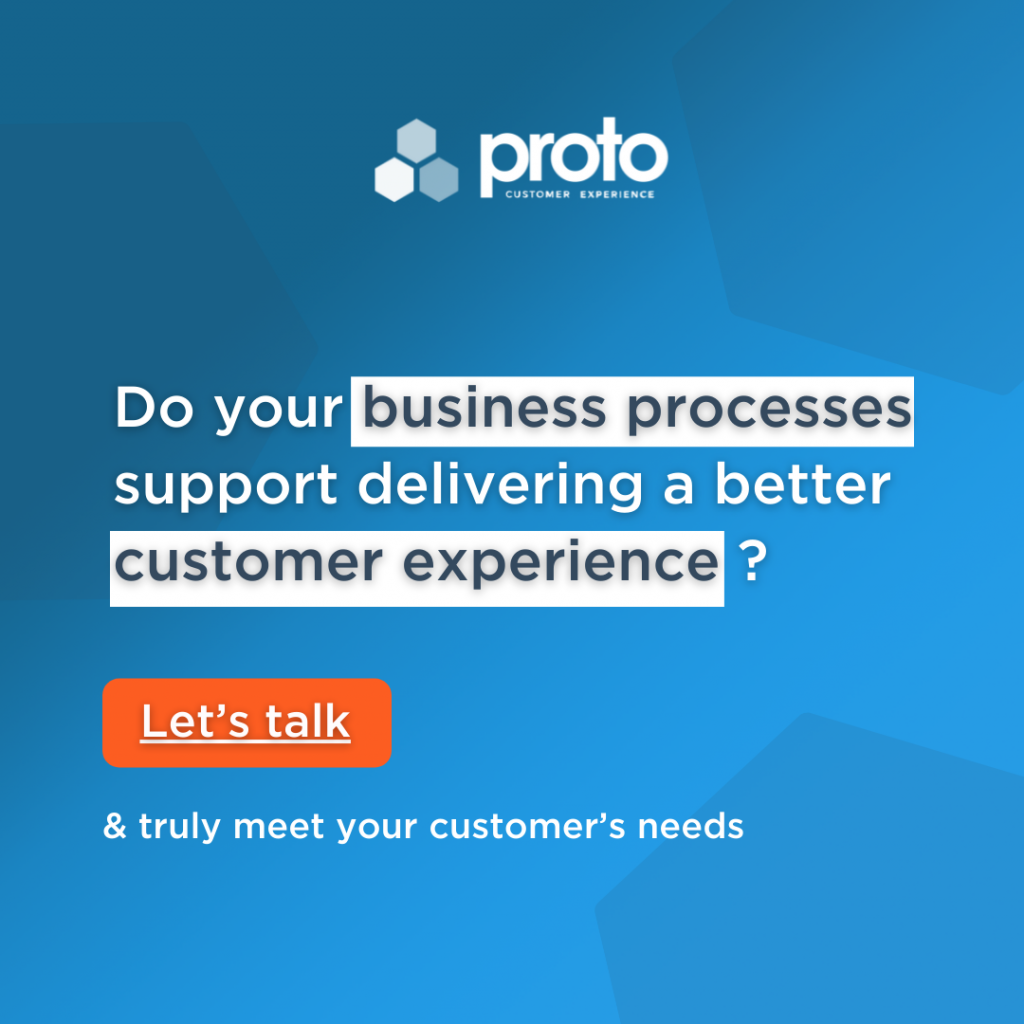For Australian companies, customer experience has evolved from past years in a few primary ways. First, the advent of digital communication has given companies a new way to interact with their customers. Rather than relying on phone calls and face-to-face meetings, companies can now communicate with their customers through email, chatbots, and social media platforms. This has given customers more control over the interactions they have with businesses and has allowed them to resolve problems more quickly and easily.
Second, businesses have begun to focus more on customer experience as a whole rather than on individual channels or touchpoints. By looking at the customer experience journey as a whole, businesses can identify areas where they are falling short and make changes that will improve the overall customer experience.
Customer Experience in the age of digital transformation
Digital transformation is changing how customers interact with businesses. With technology becoming more and more integrated into our lives, customers expect businesses to have a strong digital presence. This means that companies need to focus on creating a customer experience that is smooth and enjoyable across all channels, from website to phone calls to an in-store visit.
To create a great customer experience design, businesses need to focus on four key areas: design, function, content, and context. Design refers to the overall look and feel of your site or app. Functionality is about making sure things work the way they’re supposed to – for example, ensuring that buttons are easy to press and links lead where they’re supposed to go.
The rising embrace of Customer Experience
It is the recognition that customer satisfaction and loyalty are determined not only by the quality of a company’s products or services but also by how well those products and services meet customers’ needs and expectations.
It’s no longer enough for businesses to simply offer a good product or service; they must also focus on creating an exceptional customer experience. By delivering outstanding customer experience services, companies can set themselves apart from their competitors, increase customer loyalty, and boost profits.
Then vs Now
Serving the customer was always a top priority for businesses, but the methods have changed over the years. In the past, service was often personal and face-to-face. But with the growth of technology, more and more businesses are offering online and remote customer service. This can be done through chatbots, social media platforms, or phone support.
The idea is to make it as easy as possible for customers to get help and resolve any issues they may have. And with so many different channels of communication now available, businesses can cater to their customers’ needs in a way that’s most convenient for them.
Prioritise customer service to gain better deals
There are a few reasons why prioritizing an end-to-end customer experience strategy can help you get better deals.
First, when a company knows that it has a good customer service department, it’s more likely to trust that those customers are happy and satisfied with its products or services. This builds loyalty and trust, which can lead to better deals down the road.
Second, companies want to keep their good customers happy. If they know that you’re a loyal customer who’s always been happy with their product or service, they may be more willing to negotiate a better deal for you than for someone who’s never been a customer before or is only mildly satisfied.
Understand the emotions
Emotions are important for the customer journey because they are a key factor in influencing decisions.
People make decisions based on emotions, and then justify those decisions with logic. This is why it’s so important to understand and appeal to emotions in marketing and customer service, because people will make decisions based on how they feel about a product or company, regardless of the logical arguments in favor of another choice.
Understanding emotions and catering to them is therefore essential for creating lasting customer relationships. By eliciting positive emotions (such as happiness, excitement, admiration), businesses can encourage customers to keep coming back, while negative emotions (such as anger, sadness, frustration) can lead customers to seek out alternatives.
Leverage experience design consultancy in Australia
Experience design consultancy provides a full suite of customer experience services, including strategy, design, research, implementation, and measurement. Plus, the team has a wealth of experience in both the public and private sectors, so we can tailor the solutions to meet your specific needs.




